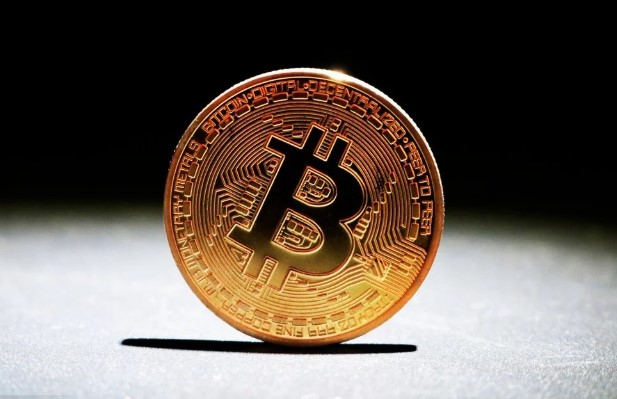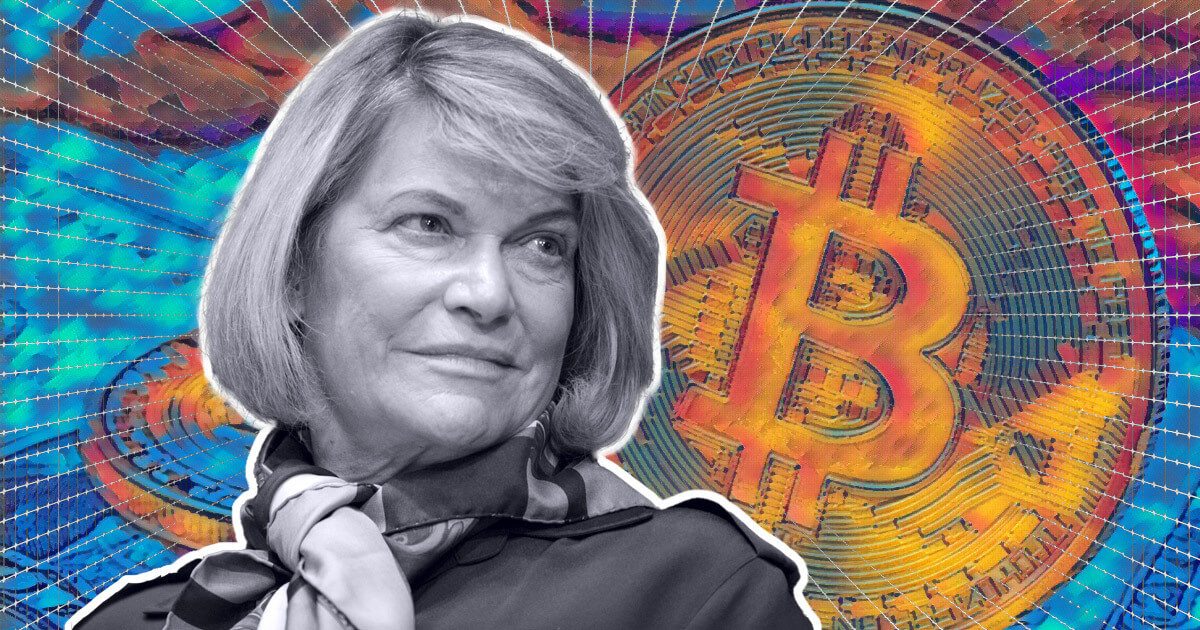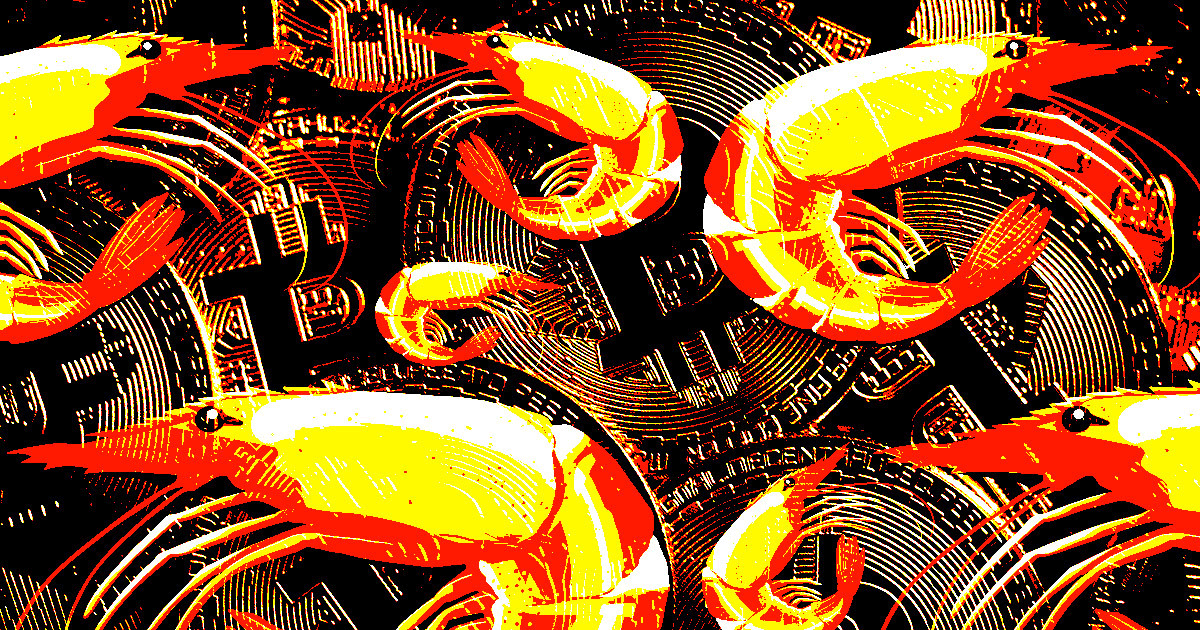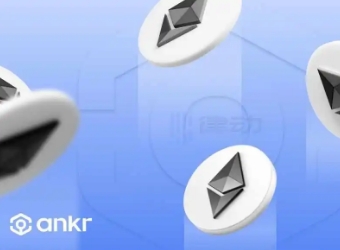The full name of NFT is Non Fungible Token, that is, non homogenous token, which is one of the products of the concept of meta universe. Now it is mainly used to describe digital collections. Its non homogenous tokens are relative to homogenous tokens. Ho
What are the three main protocol standards of NFT? How does NFTs work? The full name of NFT is Non Fungible Token, that is, non homogenous token, which is one of the products of the concept of meta universe. Now it is mainly used to describe digital collections. Its non homogenous tokens are relative to homogenous tokens. Homogeneous tokens are our common tokens such as Bitcoin and Ethereum that can be exchanged and divided. What is the protocol standard of NFT? Now let's get to know.

What are the three main protocol standards of NFT?
ERC-20 protocol is the earliest and more popular token specification protocol in Ethereum, and is the protocol standard of homogeneous token. If the two kinds of tokens on the Ethereum platform are released as ERC-20, such as BTC and ETH, they can be freely replaced. Because of this, there is almost no scarcity of homogenized tokens.
Since its development, most NFTs have also been created on Ethereum, mainly forming three standards:
ERC-721
ERC-721 standard was created and released by CTO Dieter Shirley of CryptoKitties, who was one of the first NFT creators.
NFT projects usually use ERC-721 to issue NFT. ERC-721 and ERC-20 have similar attributes - they both store digital asset information on the same blockchain, but ERC-721 is unique.
ERC-721 can be a picture, a house, a car, or anything else. It can also facilitate tracking, trading, and trading and management of real assets.
ERC-1155
With the growing popularity of game virtual assets, it is not enough to provide assets only in the Ethereum ecosystem. However, the ERC-1155 standard makes the asset capacity compatible with other ecosystems, and cross chain compatibility is the main advantage of ERC-1155.
For example, it allows a contract to handle several types of tokens, including homogenized and non homogenized tokens, which also greatly improves the efficiency of token transactions. However, it cannot be destroyed directly. Unless the original developers regularly buy back tokens, they will continue to circulate. The benefit is the scarcity of tokens.
ERC-998
ERC-998 is an extension of ERC-721 standard, allowing the creation of composable tokens. For example, in the game, the ownership of a game character represents a heterogeneous token, while the equipment represents another token. If they are ERC-721 standards, they cannot reflect the affiliation. ERC-998 allows users to combine them into a token, which improves the efficiency of asset transfer.
How does NFTs work?
NFTs can be almost anything, such as collections, artworks, GIFs and in-game assets. Their value is mainly determined by the market and demand, so they are bought and sold as physical works of art in reality.
Most NFTs are stored on the blockchain, which is a distributed database for recording and storing valuable information.
In addition, people who own NFTs have exclusive ownership. They can use blockchain technology to verify their ownership and token transfer between owners. The creator can store specific information in the metadata of NFT to track their asset transfer.
In general, the above content introduces how NFTs work? As well as the three main protocol standards of NFT, ERC-721 standard was created and released by CTO Dieter Shirley of CryptoKitties, who was one of the first batch of NFT creators; ERC-998 is an extension of ERC-721 standard, allowing the creation of composable token; ERC-1155 standard makes the resource capacity compatible with other ecosystems, and cross chain compatibility is the main advantage of ERC-1155.
















 Tue, 18 Apr 2023
Tue, 18 Apr 2023
